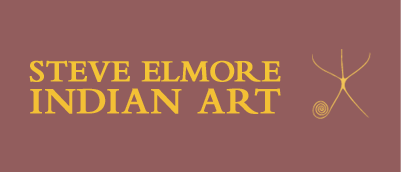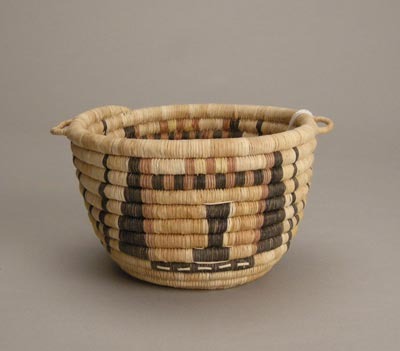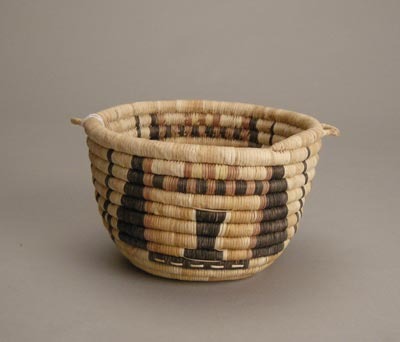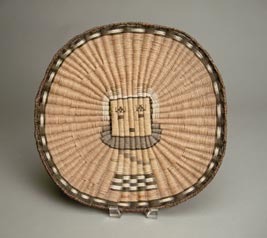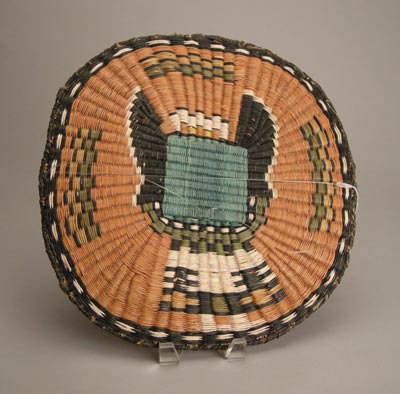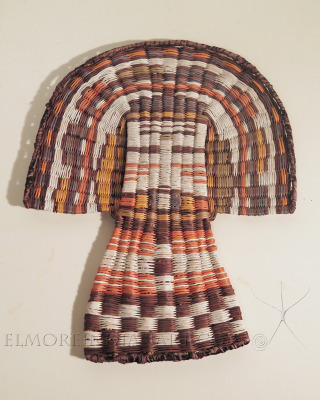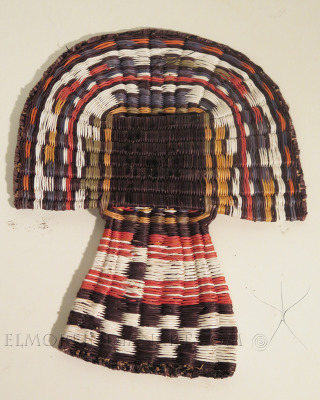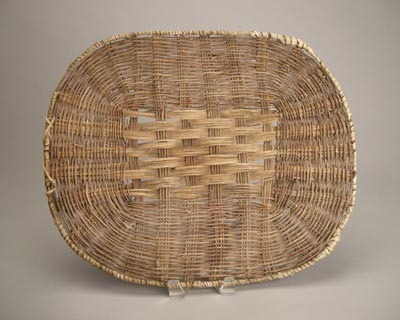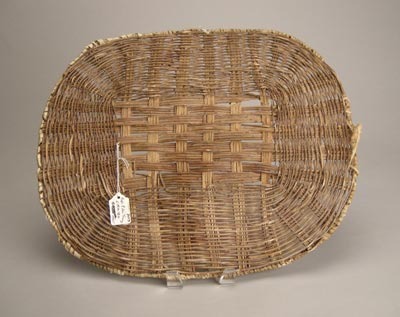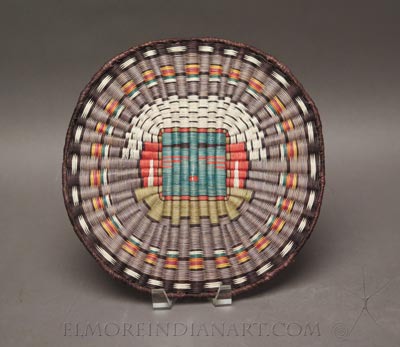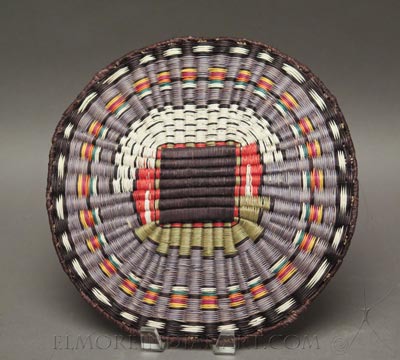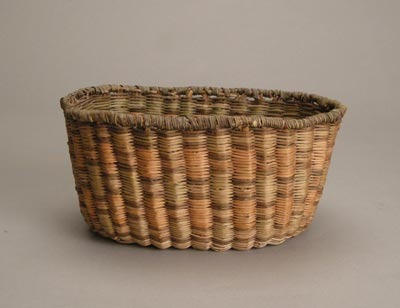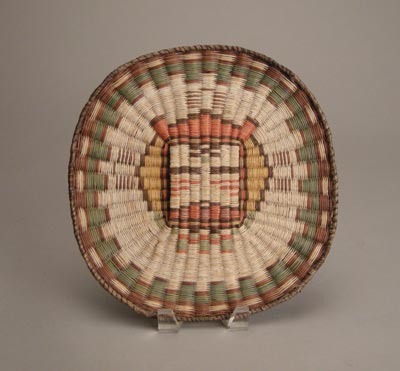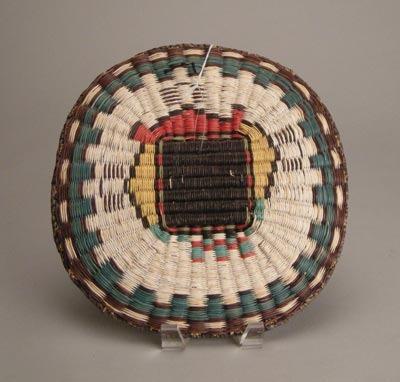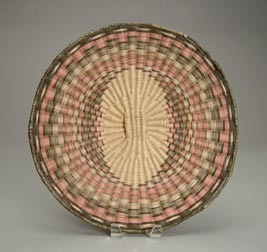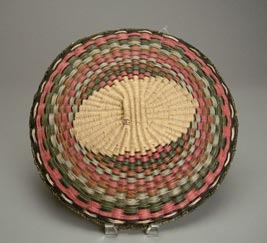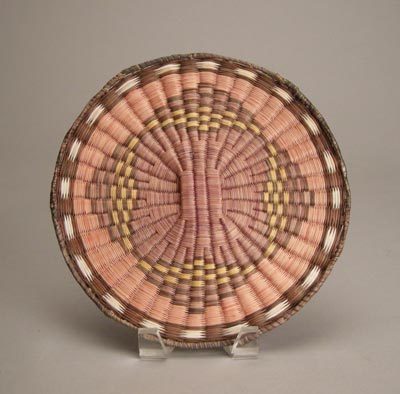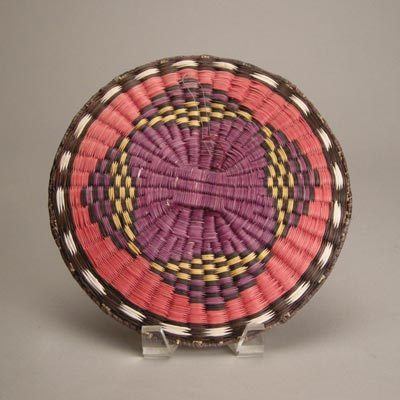Hopi Basketry
Hopi Basketry
Hopi baskets are truly the last ethnographic baskets being made in Native America and remain an essential component of traditional Hopi culture even today. Obviously, the baskets are made for carrying, whether it be peaches or a tray of piki bread. Importantly, the baskets are also essential to the Hopi carrying on their traditional way of life, and the baskets have many social and ceremonial functions besides that of mere utility. For example, certain women’s dances require each dancer to have a basket to participate, and of course, many of the kachina ceremonies use traditional baskets. Hopi baskets also serve as a kind of currency within the community. They are traded, used for paying obligations, and often sold to traders and collectors for real currency. Significantly, the baskets are essential in each traditional Hopi wedding, as the bride’s family pays back the groom’s family for making the bride’s wedding clothes with baskets. This ‘payback’ can take a year or more to complete and require the making of up to a 100 new baskets. The size of the payback is a real point of pride for the bride’s family as well as all the individual women who wove the baskets. Carrying on such traditions and ceremonies are one of many ways that the Hopi are able to preserve their distinct culture.
There are two principal kinds of baskets: wickers which are made on Third Mesa and coils which come from Second Mesa villages. Coils are considered sturdier and harder to make than wickers which have a pleasing texture to their sweeping openness. Kachina images, as usual, command higher prices and more attention. The wickers are made from scrub sumac and the coils from yucca and galleta grass.
We salute the Hopi basket makers of yesterday and today!
| Native American Baskets |
|
Hopi Basketry More Native American Baskets |

